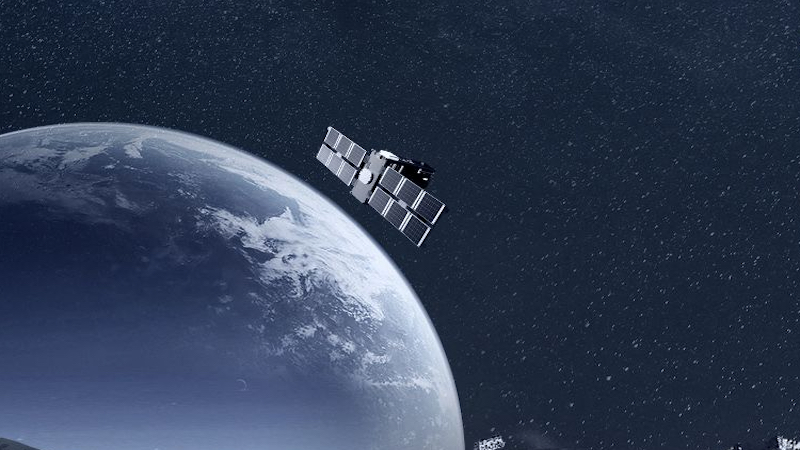Will we get power from space soon?
Longi Green Energy, the world’s largest solar system manufacturer, wants to produce solar energy in space in the future. For this purpose, solar systems are to orbit the earth in space. The generated energy is to be transmitted without cables.
In addition to water and wind power plants, solar systems have developed into an integral part of our everyday life. No wonder, because theoretically it supplies an infinite amount of energy. But solar energy still has one problem. The efficiency of the systems is just around 20 percent. However, that could change soon.
In addition to the technology, the reason for the low efficiency is also the fact that not all of the energy ends up on the panel. On the way from the sun to the ground, a large part is already “lost”. So how could you get a significantly better yield if not with solar panels in space?
Solar energy: Lomgi Green Energy sends solar systems into space
Longii Green Energy, the world’s largest manufacturer of solar systems. intends to do just that. The company wants to carry out some tests in the coming years. On the one hand there would be the technical sending of a module into space. On the other hand, there are experiments on earth that are intended to show the lifespan of solar systems in space.
The generation of solar energy is now relatively easy on earth. In contrast, opportunities rarely arise in a vacuum. However, the potential is immense. Because many satellites already use solar modules for operation today.
But how can the generated energy be sent back to earth? Microwaves could be a solution here. The energy obtained is converted into microwaves, which the system then sends to earth. A receiving station then picks up the microwaves and converts them back into energy.
Solar energy yield from space still unclear
The experiments have to show how successful the project will be. It is true that nowadays it can be said with some certainty that the energy yield in space can be significantly higher. However, transporting the energy to earth poses a challenge.
Because microwaves also lose strength with increasing distance. The final degree of efficiency will therefore only become apparent in practice. If the future of solar systems lies in space, the approach would have another decisive advantage. Because in space there is neither day nor night. The modules could continuously generate energy.
Also interesting:



